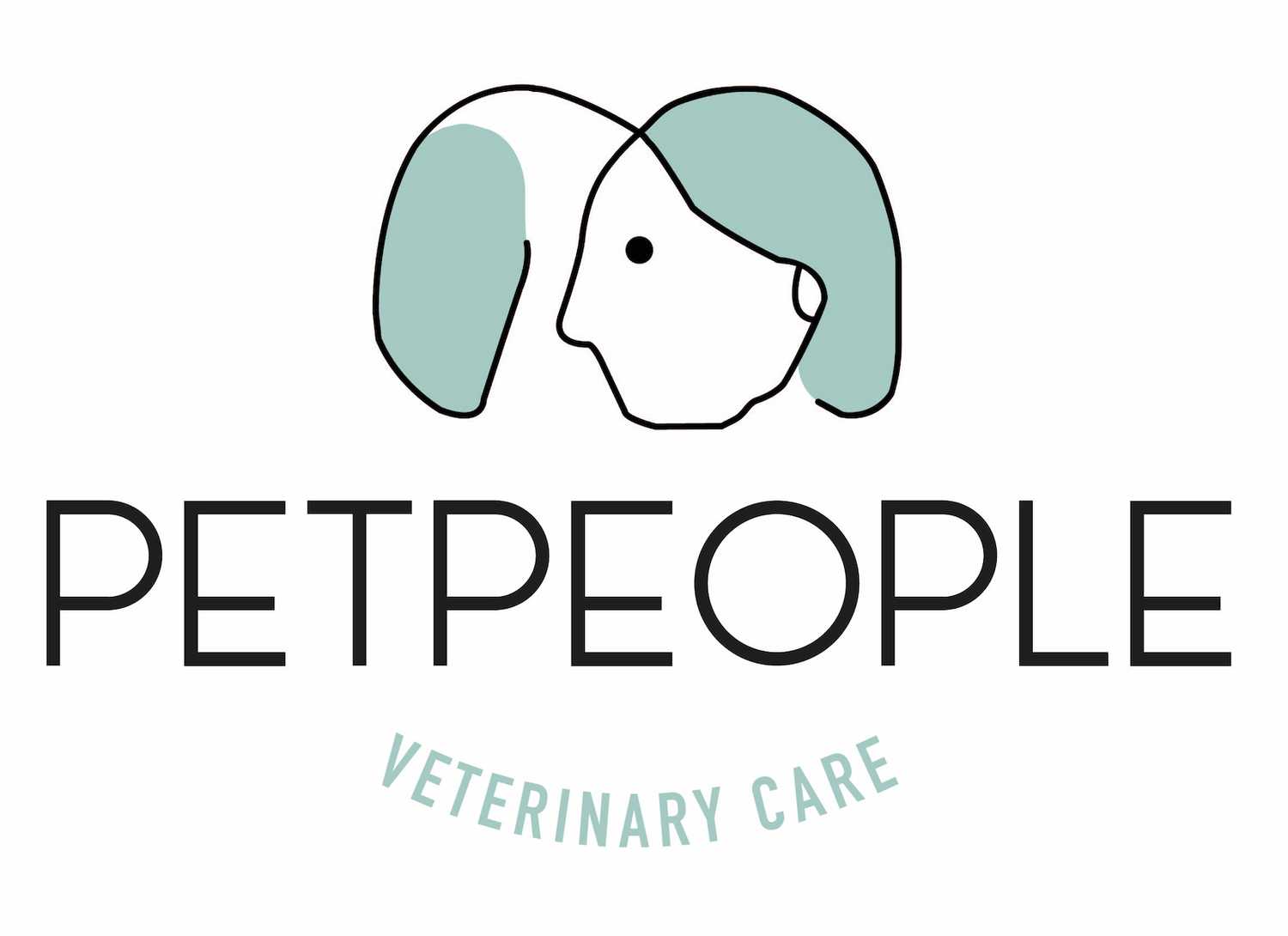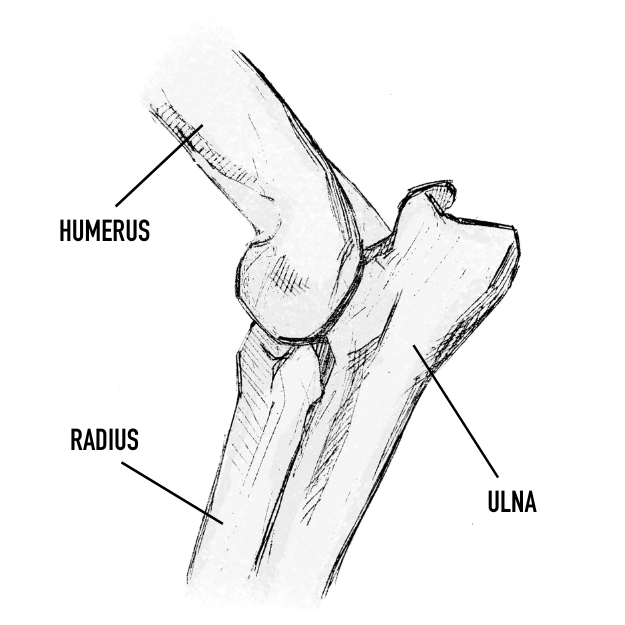The Elbow Clinic
The Elbow Clinic is a unique in-house service offered as part of Pet People Pro.
The clinic aims to explore both surgical and medical management of elbow dysplasia for your pet.
The Elbow Clinic is being supported by the fantastic peripatetic surgical service, ProVetSurg, owned and led by Veterinary Surgeon Dr Nicci Meadows, who has worked in several of the country’s leading referral practices.
About the clinic
What is elbow dysplasia?
Elbow dysplasia refers to the abnormal growth of an animal’s elbow joint during its development.
The elbow joint is made up of three bones: the radius, ulna and humerus. If these do not fit together perfectly, the forces in the elbow during weight-bearing are unevenly distributed.
Overloading of the elbow joint in certain areas may produce cracks or fissures, while primary disease of the cartilage also contributes to abnormal development of the joint.
Both of these changes result in inflammation and osteoarthritis, accompanied by a reduced range of motion and joint pain.
The main signs of elbow dysplasia are forelimb lameness and stiffness.
Lameness caused by elbow dysplasia usually comes with a characteristic head nod: the head goes up when the affected limb bears weight, in an effort to try and unweight it. It is usually exacerbated by exercise and rest.
The condition will often affect both elbows, so lameness may not always be so evident.
What are the causes of elbow dysplasia?
While genetics determine whether an animal has the genes for elbow dysplasia, other environmental factors, such as obesity in puppyhood, can influence whether an animal with those genes shows signs of pain and lameness.
In most animals affected by the condition, the uneven concentration of forces in the elbow result in micro-fractures of an area of the ulna (forearm bone) called the coronoid process.
These micro-fractures can result in a very small area of the coronoid process fracturing away from the main bone, creating a free fragment within the joint: a fragmented coronoid process.
What is HIF?
Some breeds of dogs are susceptible to incomplete formation of the humerus (upper arm) bone, at the level of the elbow.
A fissure, or crack can be identified (often by CT scanning) at the point where the humerus meets the bones of the lower forelimb. This crack can lead to pain but can also weaken the bone, and make the dog susceptible to a very serious fracture of the elbow joint. Spaniels and French Bulldogs have the greatest propensity toward developing HIF.
A CT scan of the affected joint allows us to generate a 3D model of that dog’s elbow, enabling the very precise placement of a special titanium implant which supports the joint and encourages healing.
how does the clinic work?
If an animal requires investigation for elbow dysplasia, they will attend a consultation with Nicci Meadows, Orthopaedic Surgeon, at Pet People Vets, London, for assessment before being admitted.
This appointment will allow the vet to:
confirm the problem
identify if the pet has any other relevant or significant conditions
check the pet’s suitability to undergo an anaesthetic
discuss post-operative care requirements
Your pet will then either be admitted in to the hospital for their procedure that day, or we will work with you to schedule a future date for the surgery with the specialist team at Pet People.
CT Imaging
If your pet requires a CT scan, this will be done under deep sedation or an anaesthetic. Dr Nicci will then review the images and, in some cases, may recommend referral of the images for a specialist imaging report.
The findings of the report will be discussed with you in detail, as will any surgical or medical treatment which is indicated.
To find out more about CT scanning, click here.
Arthroscopy
Arthroscopy is a minimally invasive technique used for examining joints, most commonly the elbow.
During arthroscopy a small camera is inserted into the joint through incisions less than 1cm long, allowing vets to see high definition video of the inside of the joint in real-time. Very small instruments can also be inserted in the joint in order to examine structures in more depth, or to treat some types of joint disease.
If arthroscopy is recommended, this will usually be carried out on the same day as the CT scan, under the same anaesthetic.
If dysplasia is identified in both elbows, surgery can be performed on both sides at the same time. Pets will usually be walking well the following day, with recovery being generally rapid and uneventful.
Joint Injections
Depending on the arthroscopic examination findings, joint injections may be recommended. These can be done at the same time as arthroscopy, with options including ArthroVisc 40 (this is designed to improve the shock-absorbing properties of the cartilage and lubrication of joints).
Other injections may also be recommended.
“The procedure happened on our doorstep at the East Sheen practice. This minimised inconvenience to both pet and client.”
— Sue Atkinson, Alby’s OwnerFor more information about The Elbow Clinic or to book your pet in for a consultation, please enquire using the button below.






